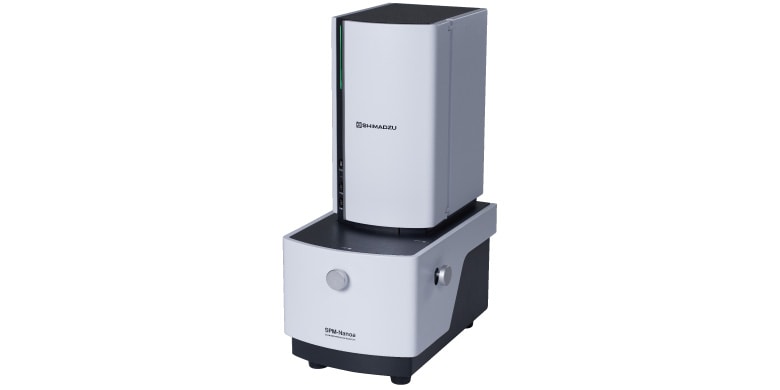
SPM-Nanoa
-The SPM (AFM) can observe and measure charged batteries that are not exposed to ambient air. -It enables visualization of electron conduction pathways in cathode materials during the operation of all-solid-state lithium-ion batteries. -Also, it can visualize electric potential changes in cathode materials during charging/discharging of all-solid-state lithium-ion batteries.
With the growing demand for renewable energy to meet the United Nation's Sustainable Development Goals (SDGs), using high-performance battery storage to improve energy efficiency is becoming an important issue. All-solid-state lithium-ion battery (ASSLiB) development is primarily aimed at electric vehicle applications. This is because ASSLiBs have excellent characteristics, such as long lifespans, excellent safety, and high energy density, and even greater power output and performance improvements are expected in the future. However, one issue that needs to be resolved for achieving their practical adoption is the performance drop of activematerials due to charge-discharge cycles. Such performance drops reduce electron/ion mobility and can decrease battery capacity and output and prevent highspeed charging and discharging. Clarifying the mechanism that reduces the performance of active materials will provide the key to improving battery performance. One way to evaluate the status of materials inside electrodes is to use a scanning probe microscope (SPM/AFM) to measure the materials on a microscopic scale. This Application News describes an example1) of using an SPM to evaluate the effect of ASSLiB performancedrops causedby charge-discharge cycles.
June 4, 2024 GMT
Some products may be updated to newer models